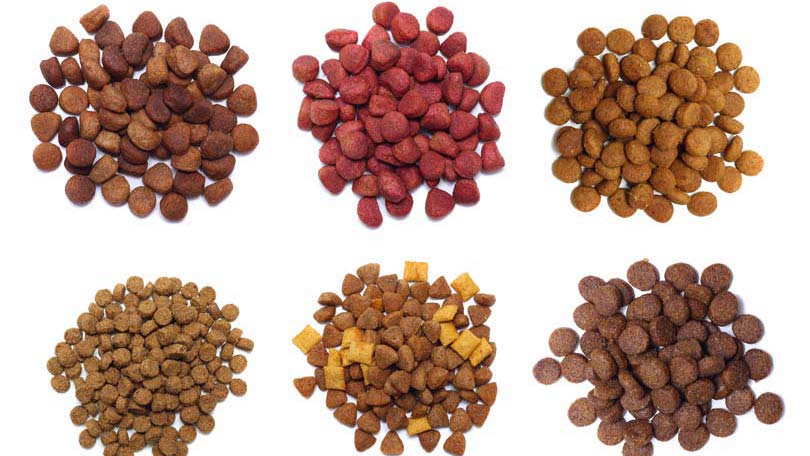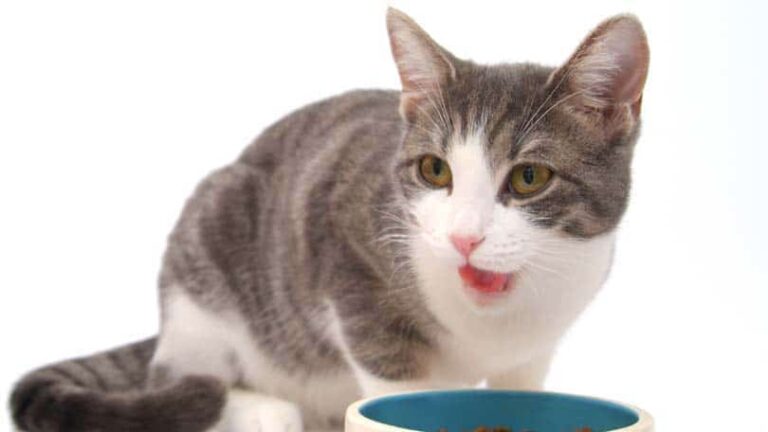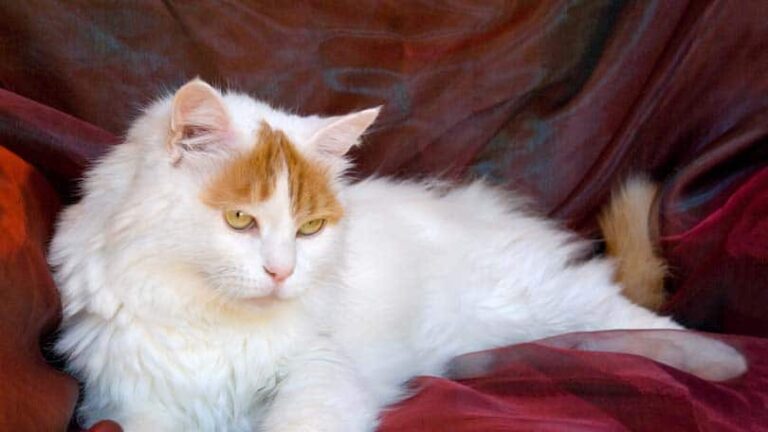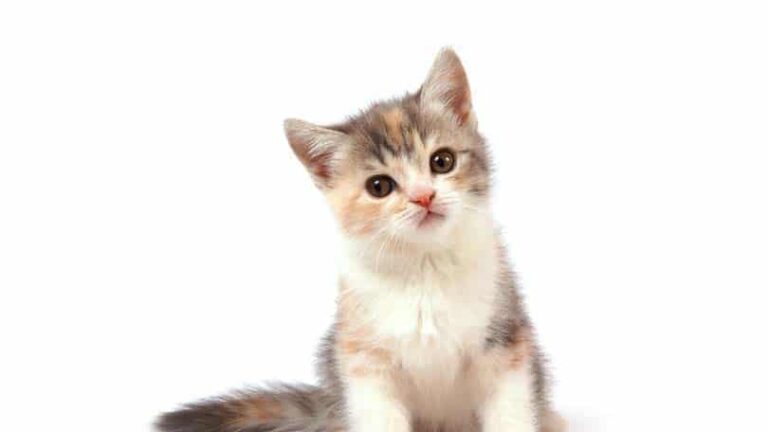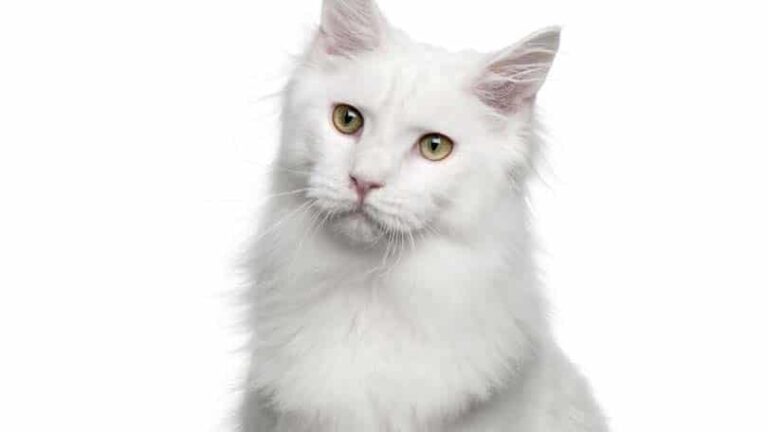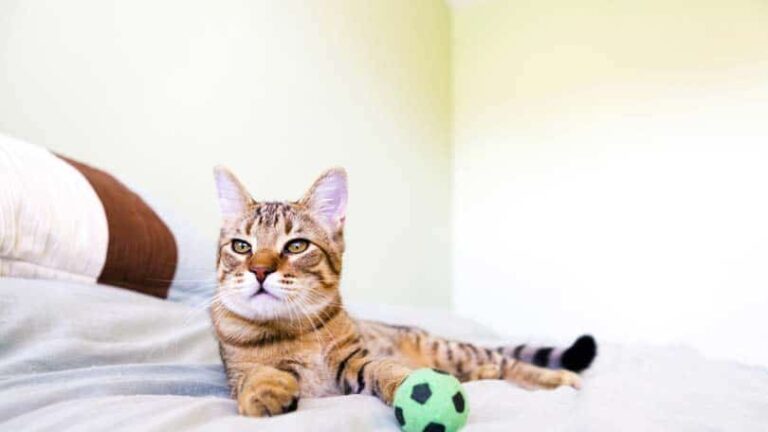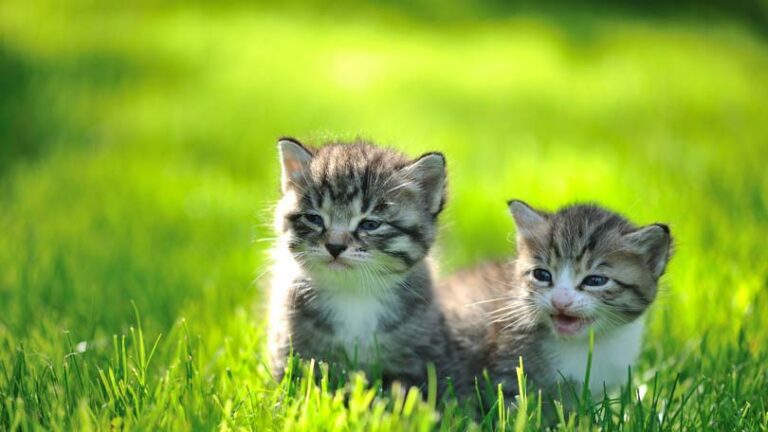Types of Cat Food
A newbie onto the scene of cat food could be easily forgiven for thinking the choice out there is truly mind-boggling. At first glance it is. Food for kittens, dry food, semi-moist food, meals for cats, prescription diets, organic food, food with added nutrients, therapeutic diets, canned food, meals in sealed packets, chicken flavor, cat food with tuna, kibble……the list goes on and on in terms of ingredients, flavors, textures and types of cat food available.
Fortunately, it is not as hard as it first seems to get to the bottom of the different types of cat food and what you should be looking for. All you need to have is a basic understanding of your cat’s individual needs, and how each type of food meets that requirement.
There are three main types of cat food. Dry food (also known as kibble), semi-moist food and wet food (also known as canned food.)
Dry cat food
This is often the cheapest choice available for your cat. It has a very long shelf life, and one bag of food will last several months. The difficulty with dry food is that it is not very palatable, and cats who are renowned for being fussy eaters may easily turn their nose up at it if their diet solely consists of this. A cat is less likely to gorge itself on dry food, perhaps because of its unpalatability and instead only eat what is requires to relieve hunger. Because of this it is good food to leave out during the day for your cat to have a nibble on as you can trust that your cat is not likely to overeat because of it.
Dry food has a reputation of being nutritionally unbalanced, however these days there are plenty of high quality dry foods available that are far from nutritionally incomplete. Many cats lead long and healthy lives on a diet of just dry food.
Semi-moist food
This is not dissimilar to dry food in terms of appearance, but rather than crunchy it is chewy. Although it would be common sense to assume this was the happy medium between dry and wet food in terms of cost and shelf life, it is not actually a popular choice, nor particularly good for your cat’s health. This is because the processes and additives that are involved in production make it poor quality. It is not very common to see this type of cat food on shelves anymore as consumers are wiser to what their cat needs and what is unhealthy for them. As a rule it is best to avoid semi-moist food.
Wet food
This would usually be your cat’s first choice of food. Easy to eat and very tasty, a cat would happily eat their way through tins and tins (or packets and packets) of wet food if given half a chance. For this reason you shouldn’t freely leave out wet food as they will probably continue to eat it even if they don’t necessarily need any more and then become overweight.
Their are very high quality varieties on the market, although it is a good idea to understand the labels. For example “Tuna Cat Food” is a phrase that means there is at least 95% tuna in the product. “Tuna Dinner” or “Tuna Platter” means there is only 25% tuna contained within the product, and “Cat Food with Tuna” means there is just 3% of tuna to be found in the product.
It is absolutely vital that your cat receives the complete balance of nutrition that it needs. A cat’s nutritional needs change during its life and so it is important to make adjustments to their diet as time goes on. Kittens for example need around twice as many nutrients per pound of body weight than an adult cat does. Likewise a pregnant of lactating cat needs more nutrition to help them stay strong.
Your vet can offer advice on the best type and amount of food to provide your cat, but generally it is safest to choose a cat food that has been specifically designed to meet the needs of your cat at whatever stage it is at. Kitten food should be purchased for kittens for example, and stopped once the cat reaches adulthood (when it is one year old.)
If your cat is suffering from a particular illness or disease, it may be prudent to switch to a therapeutic diet which is designed to help relieve some of the symptoms and even aid recovery. Because of the specialised nature of these types of cat food it is only possible to buy this type of food on prescription from your vet. Talk to your vet if you feel this may be of some benefit to the health of your cat.
As has been shown, there are not that many different types of cat food available, you just need to know what you are looking for. Make sure that whatever you buy is of high quality, and that means checking the wording on the label and the ingredients list. The thing to look out for on the ingredients list is the first item listed to be a specific meat product such as “chicken” or “tuna.” That means that particular item is the ingredient most present in the food. If instead the first listed ingredient is “meat by-products” or “corn” you can assume the product is of low quality. You may end up paying more in the short term, but the lack of vet’s bills later on in life will ensure you receive excellent value for money overall. Your cat will live longer and more happily with high quality food, that is for sure.

Having discovered a fondness for insects while pursuing her degree in Biology, Randi Jones was quite bugged to know that people usually dismissed these little creatures as “creepy-crawlies”.

